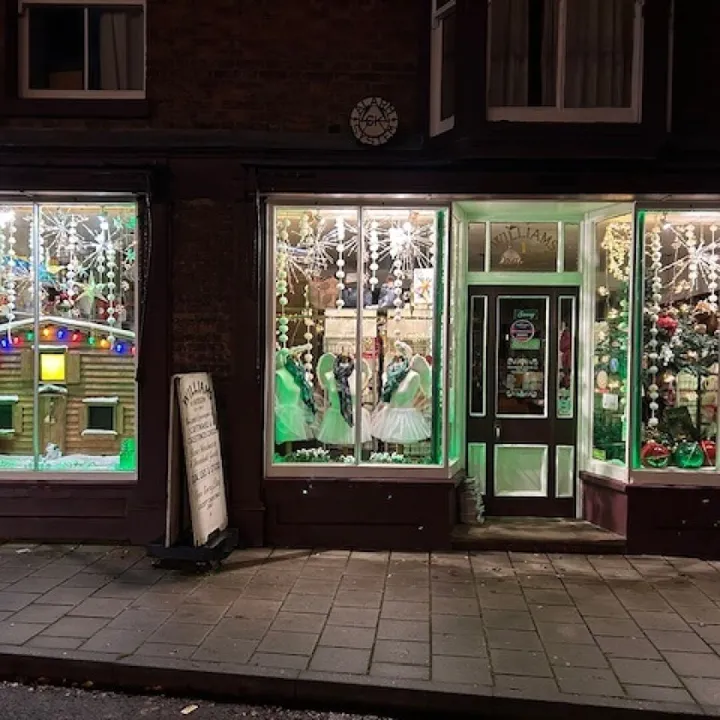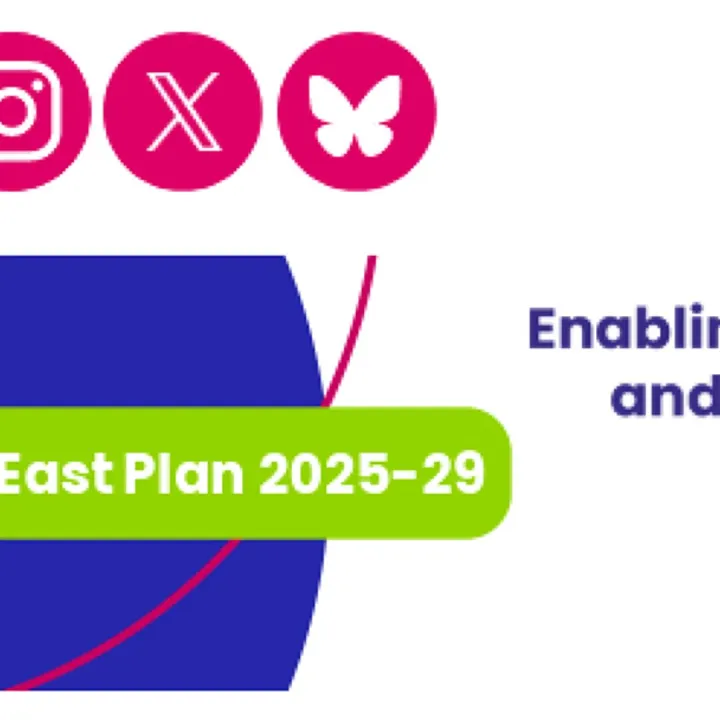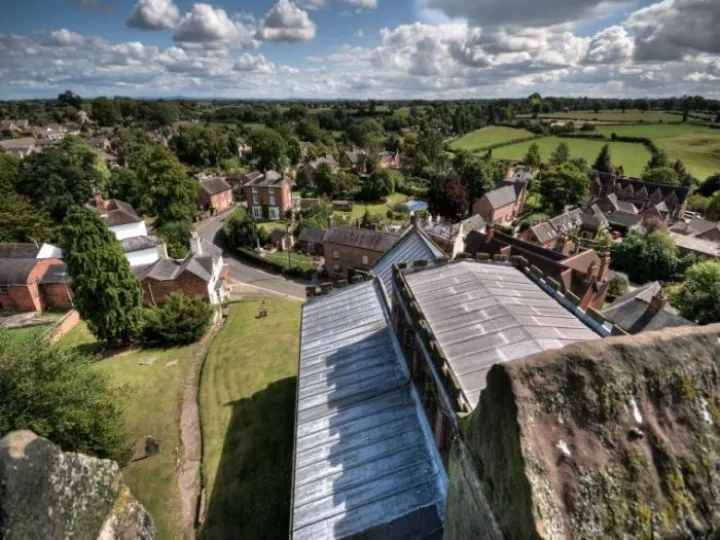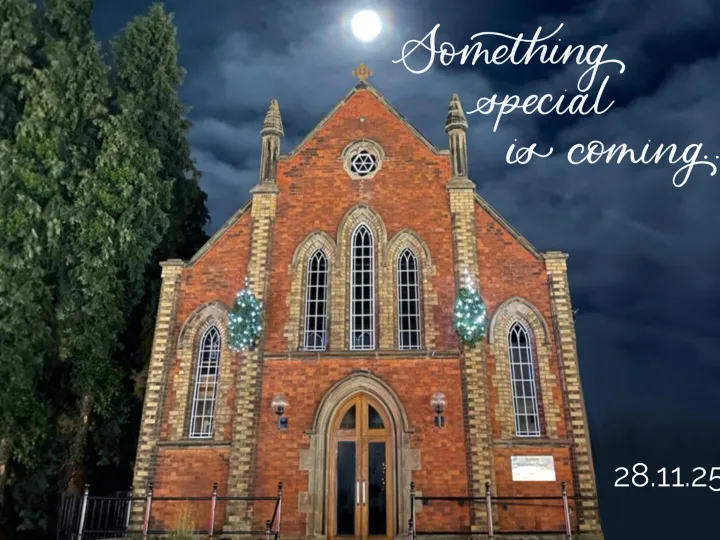







Québécois nation motion
The Québécois nation motion was a parliamentary motion tabled by Prime Minister of Canada Stephen Harper on Wednesday, November 22, 2006 and approved by the House of Commons of Canada on Monday, November 27, 2006. The English motion read:
"That this House recognise that the Québécois form a nation within a united Canada."
and, in French, read:
"Que cette Chambre reconnaisse que les Québécoises et les Québécois forment une nation au sein d'un Canada uni."
Historical background
The debate about Québécois nationhood centres on the question of the status of the province of Quebec and its primarily French-speaking population. During the Quiet Revolution of the 1960s, the term Québécois largely replaced French Canadian as an expression of cultural and nationalist identity as French Canadians asserted themselves culturally. The modern Québécois identity is secular and based on a social democratic ideal of the Quebec State promoting Quebec French culture and language in the arts, education, and business within the province.5 Politically, this resulted in a movement towards more provincial autonomy. Quebec federalists in the Liberal Party of Quebec argued for more autonomy within Canada, while Quebec sovereigntists, mostly within the Parti Québécois, argued for outright independence from Canada. Quebec nationalists increasingly referred to provincial institutions as being "national", changing the name of the provincial "Legislative Assembly" to the "National Assembly of Quebec" in 1968, for example.
In response, the Liberal Party of Canada under Prime Minister Pierre Trudeau advocated an increased role for French-speaking Canadians in the federal government through a policy of Official Bilingualism, a federal presence in social programs that sought to create a unified Canadian identity that resisted demands for more provincial autonomy, and a new constitution based on individual rights that would sever the remaining colonial ties to Britain. This alienated many Quebec nationalists who demanded legal, constitutional recognition of the collective cultural identity in Quebec.
The conflict culminated in the Parti Québécois government of René Lévesque holding a province-wide referendum on Sovereignty-Association in 1980 that proposed that Quebec would assume all federal powers while maintaining economic links to Canada; it was rejected by 60% of Quebecers. Prime Minister Pierre Trudeau subsequently pushed through the amendment of the constitution with the Canada Act 1982. This was done with the approval of the other provincial governments, but not the government of Quebec.
In 1987, the Progressive Conservative government of Prime Minister Brian Mulroney negotiated the Meech Lake Accord with the federalist of government of Robert Bourassa. It recognized Quebec as a "distinct society" within Canada. All provinces originally agreed, but Manitoba and Newfoundland failed to ratify the accord, amid vocal criticism of the accord from Pierre Trudeau. In April 1988, Manitoba voters elected a Conservative minority government, but the leader holding the 'balance of power' in the minority government, Liberal leader Sharon Carstairs, stood opposed to the Accord. In April 1989, Newfoundland voters elected a Liberal majority government, led by Premier Clyde Wells, who held a second vote in the legislature that rescinded Newfoundland's support for the agreement in April 1990. In June 1990, the Manitoba government was unable to even vote on the accord, due to a procedural vote (requiring unanimity) that was brought down by one Aboriginal New Democratic Party MLA, Elijah Harper. First Nation groups and the populist Reform Party in Western Canada also opposed the accord, arguing that their cultural and regional grievances were being ignored.
The failure of the Meech Lake Accord generated a backlash in Quebec. Support for sovereignty soared to above 60%, and the sovereigntist Bloc Québécois formed under disaffected Progressive Conservative Cabinet Minister Lucien Bouchard. The Bloc represented the majority of Quebec in the federal Parliament between the 1993 federal election and the Canadian federal election of 2011. However, the federal Liberal Party of Jean Chrétien won power in 1993 by sweeping Ontario and picking up votes in all provinces. They advocated the status-quo on constitutional issues. The conservative Reform Party under Preston Manning displaced the Progressive Conservatives in the Western provinces, and advocated a constitutional reform that would recognize all provinces as equal, opposing special legal status for Quebec. The Progressive Conservative were reduced to two seats. A Parti Québécois government held another referendum on sovereignty and a "partnership" with Canada in 1995 and lost by only a few thousand votes. A major theme of popular sovereigntist leader Lucien Bouchard the referendum was that English Canada did not recognize the Quebec people in the constitution, depicting it as an English Canadian humiliation of French Quebec.
Following the referendum, support for Quebec sovereignty decreased. The Parti Québécois government renewed the push for recognition as a nation through symbolic motions that gained the support of all parties in the National Assembly. They affirmed the right to determine the independent status of Quebec.
They also renamed the area around Quebec City the Capitale nationale (national capital) region and renamed provincial parks Parcs nationaux (national parks). In opposition in October 2003, a Parti Québécois motion was unanimously adopted in the National Assembly of Quebec in 2003 that recognised the Quebec people as "forming a nation".
Text taken from wikipedia.org/wiki/Quebecois_nation_motion click here and illustration from Wikipedia . commons here
This article is from our news archive. As a result pictures or videos originally associated with it may have been removed and some of the content may no longer be accurate or relevant.
Get In Touch
AudlemOnline is powered by our active community.
Please send us your news and views using the button below:
Email: editor@audlem.org





